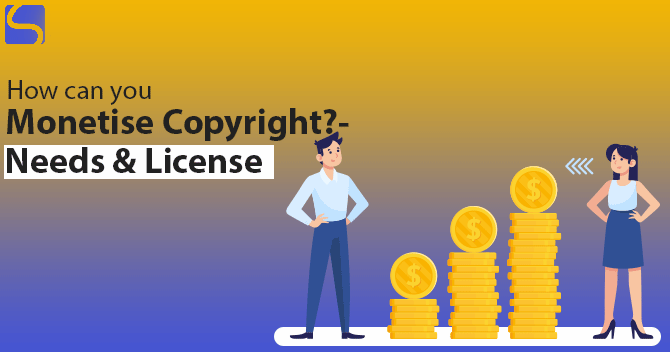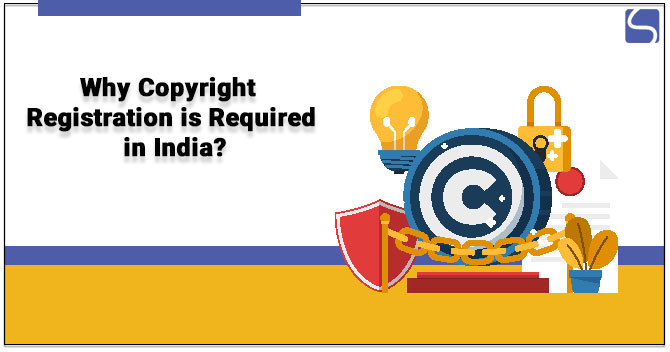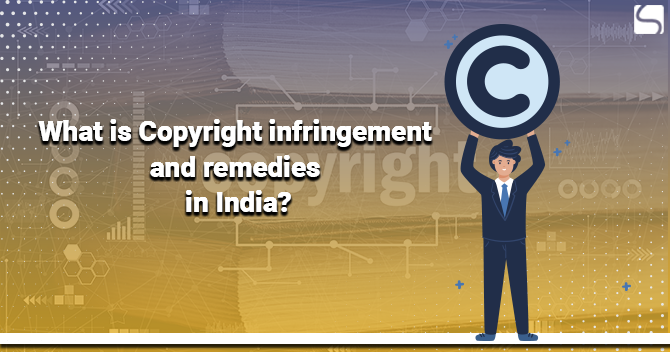An Overview of Fair Use of Copyright
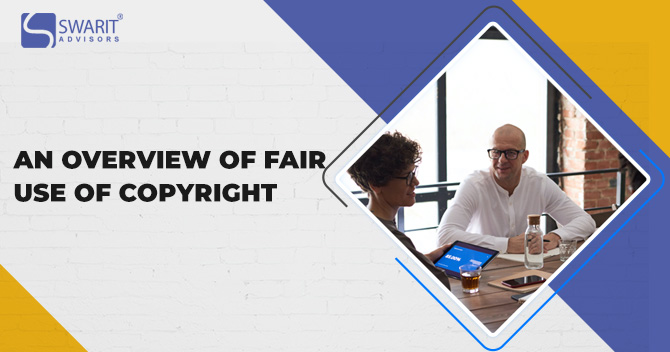
Karan Singh | Updated: Jul 01, 2021 | Category: Copyright
The fair use of Copyright in India is an exclusion to the creator’s right, which permits limited use of copyrighted material with the permission of the creator or owner. The fair use of Copyright laws helps prevent a strict application of Copyright Law that would be counterproductive to the primary purpose of Copyright to promote creativity. Scroll down to check more information regarding the fair use of Copyright
Table of Contents
Copyright – Meaning
Copyright is the inherent right of an artist, composer, author or another creator to control the use of their work. This means that a copyrighted work may not be disseminated, appropriated, or duplicated by others without the creator’s permission. Moreover, the creator is in control of the work’s public display or performance.
As described, Copyright is an exclusive right that comes into action with the inception of the work, with the Copyright Registration required only in case of statutory complications or the implementation of economic rights. But, certain exceptions are known as “User Rights” exist to this exclusive right in order to provide a vital balance to the rights of the Copyright owners, one of which is the Fair Use Doctrine, encrypted by the Copyright Act, 1976[1].
Fair Use of Copyright in India
The fair dealing or fair use of Copyright provision extends to the reproduction of literary, musical or artistic work, dramatic to report current events in a magazine or similar periodical, newspaper or same periodical or in a cinematograph film or by broadcast or by means of photographs or use excerpts of a performance or of a broadcast in the reporting of current events or for bonafide review, research or teaching. Moreover, fair use of Copyright also covers the act of adapting or making copies of a computer program by the legal possessor for which it was supplied or as a means to provide provisional relief against loss, damage or destruction of the program. Fair use furnishes for the unlicensed citation, legal or registration of copyrighted material in another work of the author. Some instances of fair use of Copyright law consist of:
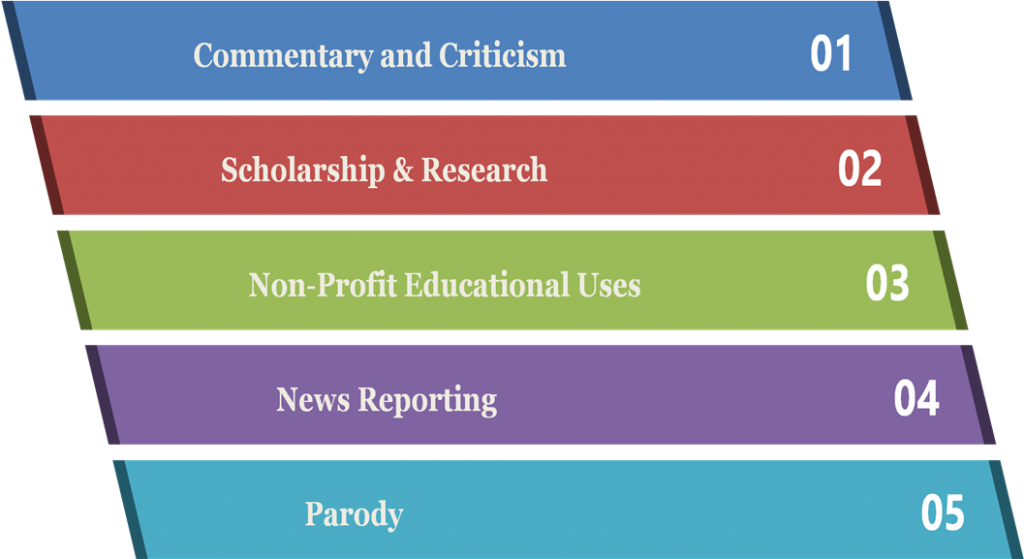
- Commentary and Criticism: For instance, excerpting or citing a work in a criticism or review for the purpose of demonstration or comment would be normally fair use. A reviewer of a book would be allowed to cite passages from a book in a newspaper column as a part of a book examination.
- Scholarship & Research: Quoting a small passage in a scholarly, technical or scientific work for demonstration or explanation of the observations of the author would be deemed acceptable. A historian art would be able to use a painting image in an academic article that examines the painting.
- Non–Profit Educational Uses: When teachers photocopy restricted portions of written works for classroom use, this is generally acceptable. An English teacher would be allowed to copy a few pages of a book to demonstrate to the class as a part of the lesson plan. (Remember that she wouldn’t be allowed to photocopy the whole book).
- News Reporting: Summing up an article or address, with brief quotations, in a news report constitutes fair use. A journalist would be allowed to quote from a political speech’s text with the consent of a politician.
- Parody: It is a work that mocks another, generally well-recognised, and work by copying it in a comic way. A comedian could quote from a speech of a movie star to make fun of that star.
Thoughts Regarding Fair Use of Copyright
There are five basic thoughts or considerations to remember while deciding whether or not your usage of the work of a creator is fair use.
Rule 1: Are You Creating Something Unique or Just Copying?
The character & purpose of your intended use of the material involved is the vital factor in finding out whether a use is fair or not under U.S. Copyright law. The query to ask here is whether you are only copying others’ work or using it to help make something new.
Rule 2: Are You Participating with the Source You are Imitating?
Without approval, you ordinarily cannot use another individual’s protected expression in a way that impairs or even capable impairs the market for their work.
Rule 3: Giving the Author Credit Doesn’t Always Let You Off the Hook
Some people wrongly believe that they can use any material as long as they properly give the author credit. Giving credit and fair use of Copyright are totally separate ideas. Either you have the right to use another material of the author under the fair use rule, or you don’t have the right to use it. The fact that you assign the material to the other author doesn’t change that.
Rule 4: The More You Take, the Slighter Fair Your Use is Likely to Be
The more material you lift from the actual, the less likely it’s that your use will be considered fair use. As a broad standard, never cite more than a few successive paragraphs from an article or a book, take more than one chart or diagram, include a demonstration or other artwork in a newsletter or book with the permission of the artist or quote more than one or two-line from a poem. Contrary to how many people believe, there is no word limit of fair use.
Authors will have more scope to preserve the free flow of information when using material from factual work (technical, scholarly, or scientific works) than works of fancy like poems, novels, and plays.
Rule 5: Material Quality Used is as vital as the Quantity
The more vital the material is to the original work that is the value, the less likely your use of it will be considered equitable. Fair dealing is not a license to infringe the right of the Copyright owner. Content’s Blatant copying cannot have excuse under the grab of fair dealing. Moreover, exploiting someone’s work while giving them credit also constitutes a violation unless a license has been earlier obtained. Even where the user copies a significant part of the work, it will not consider as legitimate and fair. Since Copyright protection needs reasonable labour & skill to reach the threshold of quality & originality for protection.
Only extracts from work allowed under fair use. Moreover, not the reproduction of a complete or a significant part of the work. So as to not grab the original creator’s expression of their idea. If, in legal construction, there is no notion of fair use, then any use by an illegal person, however minuscule, is a violation of the author’s right.
Conclusion
The massive goal of Copyright is the improvement of human knowledge. The Fair Use Doctrine has developed over the years as courts tried to steadiness the rights of Copyright owners. This doctrine has at its centre a primary belief that not all copying should be prohibited. Chiefly, in socially important activities like news reporting research, criticism, and research, encompassing all primary educational uses. Hence, just as Copyright is a widespread right by the Berne Convention. Moreover, fair use of Copyright has become an essential part of Intellectual Property Rights with the developing jurisprudence. Moreover, ensuring more clearness in the way legal problems regarding fair uses that handle in court.
Read our article:What is the Meaning of Copyright Management? – A Complete Guide












